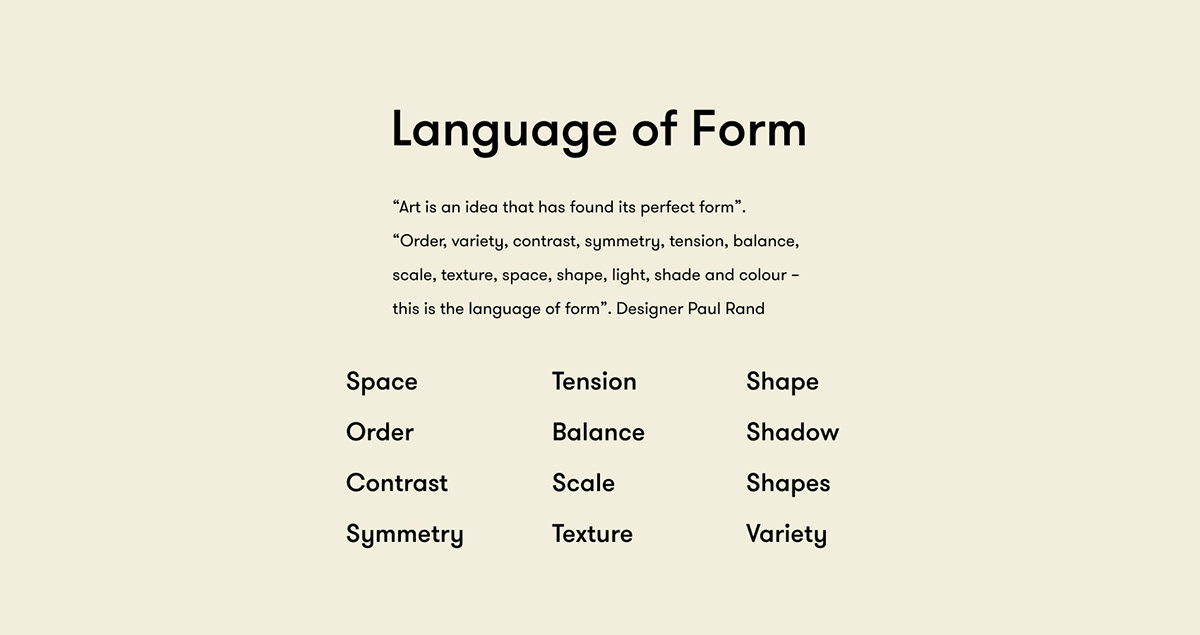
Delving into the realm of sheet language meaning, we embark on a journey to decipher the intricate art of data organization and communication. This comprehensive guide unravels the essence of sheet language, exploring its types, applications, advantages, and alternatives.
Sheet language, a powerful tool for presenting and interpreting data, has evolved over time, shaping the way we manage and comprehend information across diverse industries.
Definition of Sheet Language
Sheet language is a type of programming language used to create spreadsheets. It is a declarative language, which means that it is not necessary to specify the order in which the operations are performed. Instead, the programmer simply declares the relationships between the data in the spreadsheet, and the spreadsheet program automatically calculates the results.
Sheet language is a powerful tool that can be used to perform a wide variety of tasks, including:
- Creating and managing spreadsheets
- Performing calculations on data
- Creating charts and graphs
- Automating tasks
Types of Sheet Language

There are many different types of sheet language, each with its own strengths and weaknesses. Some of the most popular types of sheet language include:
- Excel:Excel is the most popular spreadsheet program in the world. It is known for its user-friendly interface and powerful features.
- Google Sheets:Google Sheets is a free online spreadsheet program that is similar to Excel. It is known for its collaboration features and its ability to be accessed from any device.
- Numbers:Numbers is a spreadsheet program that is included with Apple computers. It is known for its sleek design and its integration with other Apple products.
Applications of Sheet Language

Sheet language is used in a wide variety of industries and fields, including:
- Finance:Sheet language is used to create financial models and perform financial analysis.
- Accounting:Sheet language is used to create financial statements and track accounting data.
- Business:Sheet language is used to create business plans, track sales data, and manage projects.
- Science:Sheet language is used to analyze scientific data and create scientific models.
- Education:Sheet language is used to create educational materials and track student progress.
Examples of Sheet Language: Sheet Language Meaning
Here are some examples of sheet language:
| Example | Description |
|---|---|
=A1+B1 |
Adds the values in cells A1 and B1 |
=SUM(A1:A10) |
Sums the values in cells A1 to A10 |
=AVERAGE(A1:A10) |
Calculates the average of the values in cells A1 to A10 |
=IF(A1>B1,"Yes","No") |
Returns “Yes” if the value in cell A1 is greater than the value in cell B1, otherwise returns “No” |
Advantages and Disadvantages of Sheet Language
Sheet language has a number of advantages, including:
- Ease of use:Sheet language is relatively easy to learn and use, even for beginners.
- Power:Sheet language is a powerful tool that can be used to perform a wide variety of tasks.
- Flexibility:Sheet language is a flexible language that can be used to create a wide variety of different types of spreadsheets.
However, sheet language also has some disadvantages, including:
- Complexity:Sheet language can be complex, especially for large spreadsheets.
- Error-prone:Sheet language is prone to errors, especially if the spreadsheet is not carefully designed.
- Limited functionality:Sheet language is not as powerful as some other programming languages, and it may not be suitable for all tasks.
Alternatives to Sheet Language
There are a number of alternatives to sheet language, including:
- Database management systems:Database management systems are more powerful than sheet language, but they are also more complex and difficult to use.
- Programming languages:Programming languages are more powerful than sheet language, but they are also more complex and difficult to use.
- Data visualization tools:Data visualization tools are less powerful than sheet language, but they are easier to use and can be used to create more visually appealing presentations.
Ending Remarks
In conclusion, sheet language meaning encompasses a vast spectrum of techniques and applications, empowering us to organize, visualize, and communicate data effectively. Its versatility and adaptability make it an indispensable tool in various fields, facilitating informed decision-making and enhancing our understanding of complex information.
Answers to Common Questions
What is the primary purpose of sheet language?
Sheet language serves as a structured method for organizing and presenting data in a tabular format, enabling easy interpretation and analysis.
How is sheet language used in different industries?
Sheet language finds applications in a wide range of industries, including finance, healthcare, manufacturing, and research, facilitating data management, analysis, and reporting.
What are the advantages of using sheet language?
Sheet language offers numerous advantages, such as improved data clarity, enhanced communication, simplified data analysis, and efficient data storage and retrieval.